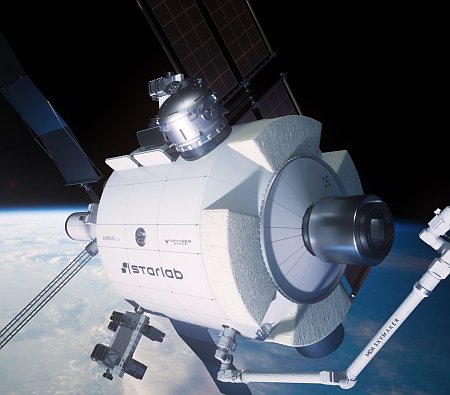Archeologists find what they think is evidence of fire-making by early Neanderthals
Archeologists have found a Neanderthal campsite from 400,000 years ago that shows strong evidence of the ability to make fire.
The researchers found two fragments of pyrite, a mineral that can produce sparks when struck against flint, indicating that the early Neanderthals used them as “a fire-making kit.” These ancient deposits mark the earliest known evidence of fire-making, roughly 400,000 years ago.
…The Barnham site lies in a disused clay pit in Suffolk, UK, preserving traces of the period around 427,000 to 415,000 years ago. In this area, the team found a small patch of reddened sediment, about the size of a modest campfire, surrounded by two pyrites, 19 flints, and four broken hand axes, showing clear signs of heating. Pyrites are rare locally, and the early Neanderthals likely carried them in from elsewhere.
Previously, the earliest known evidence of the ability to make fire had been dated from 50,000 years ago, and was done by homo sapiens, not Neanderthals.
Analysis of the sediment said the heat there matched that of a campfire, not a wildfire. The data also said the spot had been used repeatedly.
This one campsite suggests Neanderthals in general had the knowledge and tools to make fire, but it also could simply show the work of one particularly smart Neanderthal.
Archeologists have found a Neanderthal campsite from 400,000 years ago that shows strong evidence of the ability to make fire.
The researchers found two fragments of pyrite, a mineral that can produce sparks when struck against flint, indicating that the early Neanderthals used them as “a fire-making kit.” These ancient deposits mark the earliest known evidence of fire-making, roughly 400,000 years ago.
…The Barnham site lies in a disused clay pit in Suffolk, UK, preserving traces of the period around 427,000 to 415,000 years ago. In this area, the team found a small patch of reddened sediment, about the size of a modest campfire, surrounded by two pyrites, 19 flints, and four broken hand axes, showing clear signs of heating. Pyrites are rare locally, and the early Neanderthals likely carried them in from elsewhere.
Previously, the earliest known evidence of the ability to make fire had been dated from 50,000 years ago, and was done by homo sapiens, not Neanderthals.
Analysis of the sediment said the heat there matched that of a campfire, not a wildfire. The data also said the spot had been used repeatedly.
This one campsite suggests Neanderthals in general had the knowledge and tools to make fire, but it also could simply show the work of one particularly smart Neanderthal.









